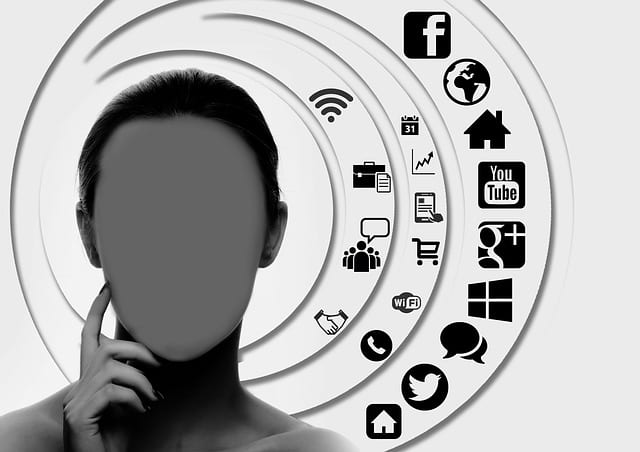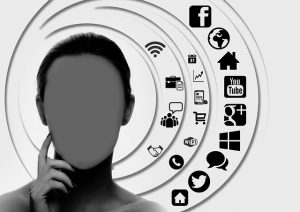Asking your students to create their own visitor and resident maps is a useful way to understand how they are engaging with the world wide web and in particular how they use it to support their learning. Also as we look to incorporate learning and teaching on digital skills and information literacy into our curricula, the visitor and residents exercise can help prepare the ground to go on and explore issues around online privacy and how online channels, and in particular social media channels, use our data and how in turn algorithms control much of what we see in our social media channels. It’s an activity that can begin to raise students awareness of what they are doing online and make them consider their own digital identities in a more positive context than the more usual approaches that tend to focus on the negative aspects of online behaviour.
If you’re interested in doing this activity with your students, Dave White had produced a facilitators guide to support a group activity on visitors and residents that has been licensed for open use and reuse. You can access the guide and the accompanying resources and notes on his website Digital – Learning – Culture.
A recent paper from Maralyn Druce and Stella Howden outlines how this mode and exercise can be used as a lens to gain perspectives of students online learning behaviour. They highlight how understanding the visitor and resident spectrum of our students can provide insights into how they use various digital tools and could also help inform course design.
The visitor and resident model could also help you see where students might need some guidance on how to use some of the tools that we take for granted in our disciplines and help us to develop strategies to nurture their self efficacy when it comes to online learning.
References
Druce, M. and Howden, S., 2017. New perspectives on health professions students’e-learning: Looking through the lens of the “visitor and resident” model. Medical Teacher, pp.1-6.





